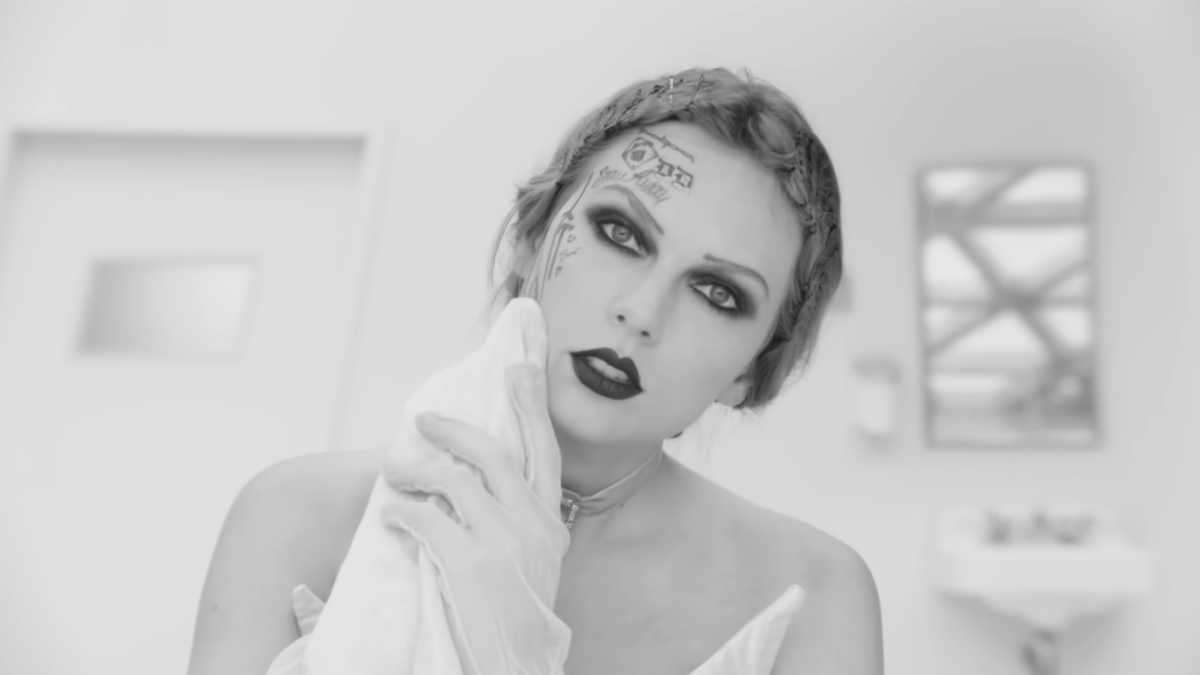
Back in March, protests erupted over a painting displayed at the New York City Whitney Museum’s biennial. Some activists stood in front of the picture, trying to block others from viewing it. Others called for it to be taken down, and some even called for the work to be destroyed. But it wasn’t Jesse Helms, Rudy Giuliani, or any other conservative upset about offensive art. It was progressives who were offended. The offense? Cultural appropriation.
The painting in question was “Open Casket,” a portrait of Emmett Till. Till, an African-American boy, was brutally murdered in 1955 for allegedly flirting with a white woman. His somber legacy still haunts an America struggling to come to terms with racial division. The controversy over the painting was not about its content, however, but its creator. Artist Dana Schutz is a white woman, and for some that makes her a person who should not paint a picture of Till.
This week in Boston, tempers over Schutz’s work flared again as a solo show of hers went up at the Institute for Contemporary Art (ICA). The painting of Till, her most famous work, was not included in the exhibition, but that didn’t stop progressive activists from protesting the platform given to a woman who had given such grave offense.
As the Daily Beast reported, a group of artists and activists sent a letter to ICA which said, “Please pull the show. This is not about censorship. This is about institutional accountability, as the institutions working with the artist are even now not acknowledging that this nation is not an even playing field… [“Open Casket’s”] absence from the exhibition does not excuse the institution from engaging with the harm caused by the work by holding Dana Schutz accountable.”
Dana Schutz’s Offense Is Being White
While it is easy and correct to call this censorious letter a hodgepodge of dangerous and silly hokum, we must understand why such calls to ban art are increasingly emerging. In this case, the casus belli is the fact that a white woman painted an image of Till. According to Schutz’s detractors, since a white woman’s lies about Till’s actions half a century ago led to his death, no white woman should treat the incident in this way.
It is a struggle to understand how people arrive at these determinations about who is allowed to create art about a given subject. In this case Schutz clearly meant her painting to call attention to the dangers of racism, yet for this is called racist. Importantly, it is not the art that is deemed offensive, but the artist. This is why protesting one painting is not enough; Schutz must be denied any platform.
These protests are attacking the very concepts of empathy and understanding. Till’s murder shook and still shakes the nation precisely because people of all ethnicities shudder at its horror. It is right and just that any artists meditate on Till and share their works he has inspired. If the piece makes one uncomfortable, maybe it should. If it makes people want to ban it, they should think again.
A strong hint that somebody is about to advocate for censorship is when he or she begins a statement by saying, “This is not about censorship.” They will often say that only government can censor art, and when individuals get together to stop art from being displayed it is simply an example of the marketplace of ideas. But this attitude suggests that nothing is real unless the government does it. While it is true that individuals calling for an art ban does not violate the First Amendment, it doesn’t mean they aren’t intolerant and censorious.
Calling on institutions to punish artists by refusing to show their work is in itself an act of censorship. If one has a justification for such censorship, by all means he should say so, but he shouldn’t hide from the true nature of his actions. If you want to censor art, own it and tell us why your beliefs should determine what art other people get to see.
White Women Are The Worst
Perhaps the most amazing thing about these protests is how utterly sexist they are. Central to the claim that Schutz is a racist who needs to be held accountable is the fact that it was a white woman who lied about Till. What shocking misogyny it is to force Schutz, like a modern Eve, to bear the sins of all women on her back. Quite frankly, had a white man painted the very same picture, we would very likely not be having this conversation, at the very least not in the same way.
Schutz is a white woman, a precarious thing these days. White women, we are told, are responsible for electing Donald Trump, notwithstanding the almost 30 percent of the Hispanic vote that he received. White women, it seems, should have known better, because they are women, or something. White women are bad feminists who need to do less talking and more listening to marginalized voices. White women just don’t know their place.
But all of us only live once. We have one stretch of precious time where our minds explore reality. Nobody should pay the slightest bit of heed to calls for limiting our expression based on our race or sex. The idea that Schutz shouldn’t paint an image that is meaningful, respectful, and striking merely because of her skin color is abhorrent.
There are two main concerns to an artist: beauty and truth. As Keats put it: “‘Beauty is Truth, truth beauty,’- that is all / Ye know on earth, and all you need to know.”
Truth and beauty are often hard to marry. When the truth being explored is the brutal murder of a child, beauty seems quite remote. Yet this is the meaningful struggle of existing in a world that can crush us with its horrors and inhumanities. Artists can’t be like my grandmother, who whispered when she said the word “cancer,” for fear saying it too loudly might make her get it.
Discovering truth and beauty requires delving deeply into our minds and souls, searches that make artists different from those who do not practice art. That exploration cannot be encumbered by the assertion that some phenomena are off limits because of what you look like.
A cynic might say that this controversy is good for Schutz for spreading her fame. Perhaps. But I suspect that is little consolation for her. She has been accused of doing harm to people by painting a picture of Till. Nobody wants her legacy to be, “Was she a racist or not?”
These protests need to stop. Schutz did nothing wrong. Every artist, and indeed all of us, needs to stand firm and tell those who would engage in censorship that we will not have it.








